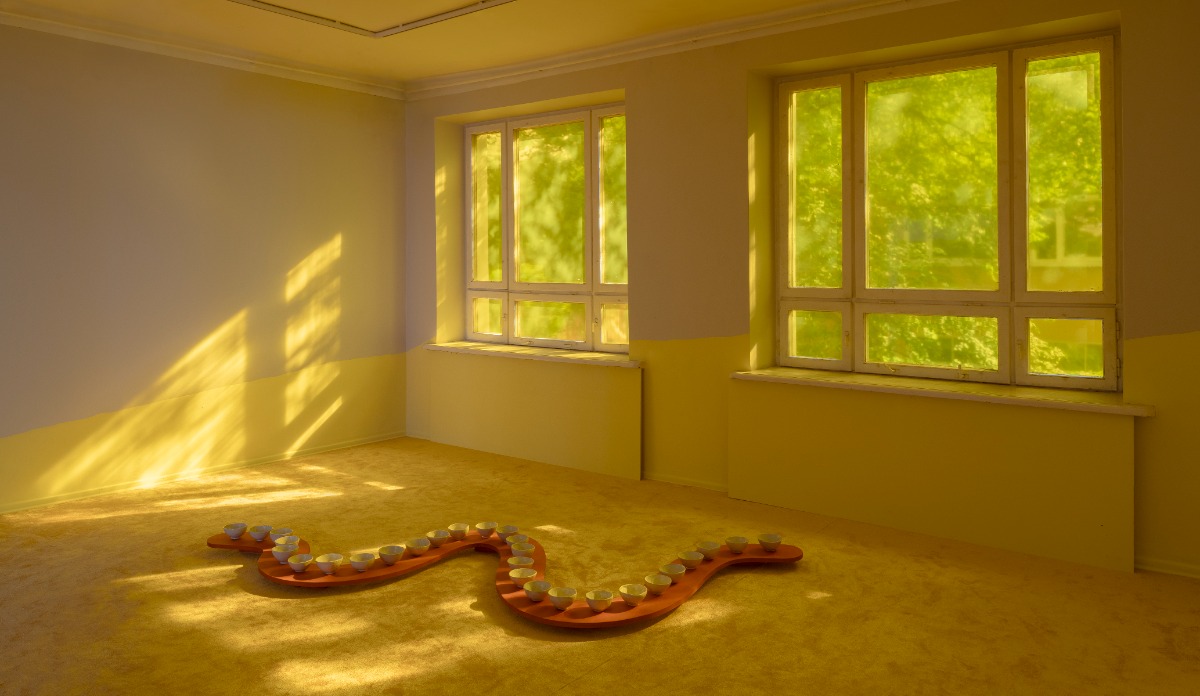
Thea Gvetadze & Diana Tamane. Room for Many
Photoreportage from the exhibition at Tartu Art Hall, which is on view until June 30
The Room for Many invites you to engage in a dialogue with the artists Thea Gvetadze (b. 1971) and Diana Tamane (b. 1986). Across diverse media, including video, photography, painting, textiles and installation, the artists weave narratives that delve into personal experiences, familial connections, and intimate observations of life. Through new works, Room for Many is a snapshot of their current selves, a self-portrait of sorts, while also connecting the artists’ stories with narratives of resilience and survival experienced by other women. In doing so, it creates a space for communal gathering, while also allowing for physical relaxation, vulnerability and introspection.

“Thea and Diana met in Tbilisi when Diana was in a residency there. I connected with the two artists, and after a while we decided to work together. Diana, born in Riga and currently living and working in Tartu, has had a long relationship with the city, particularly with the Art House, where she has a studio and has exhibited previously. Thea took part in a group show at the Tartu Art Museum in 2016, although the show at the Art House marks her first large presentation in the Baltics. She was born in Riga, where her parents were studying at the time, and this meeting between the two artists reflects the mesh of destinations and returns so common in contemporary biographies of our region," writes the curator of the exhibition, Inga Lace.
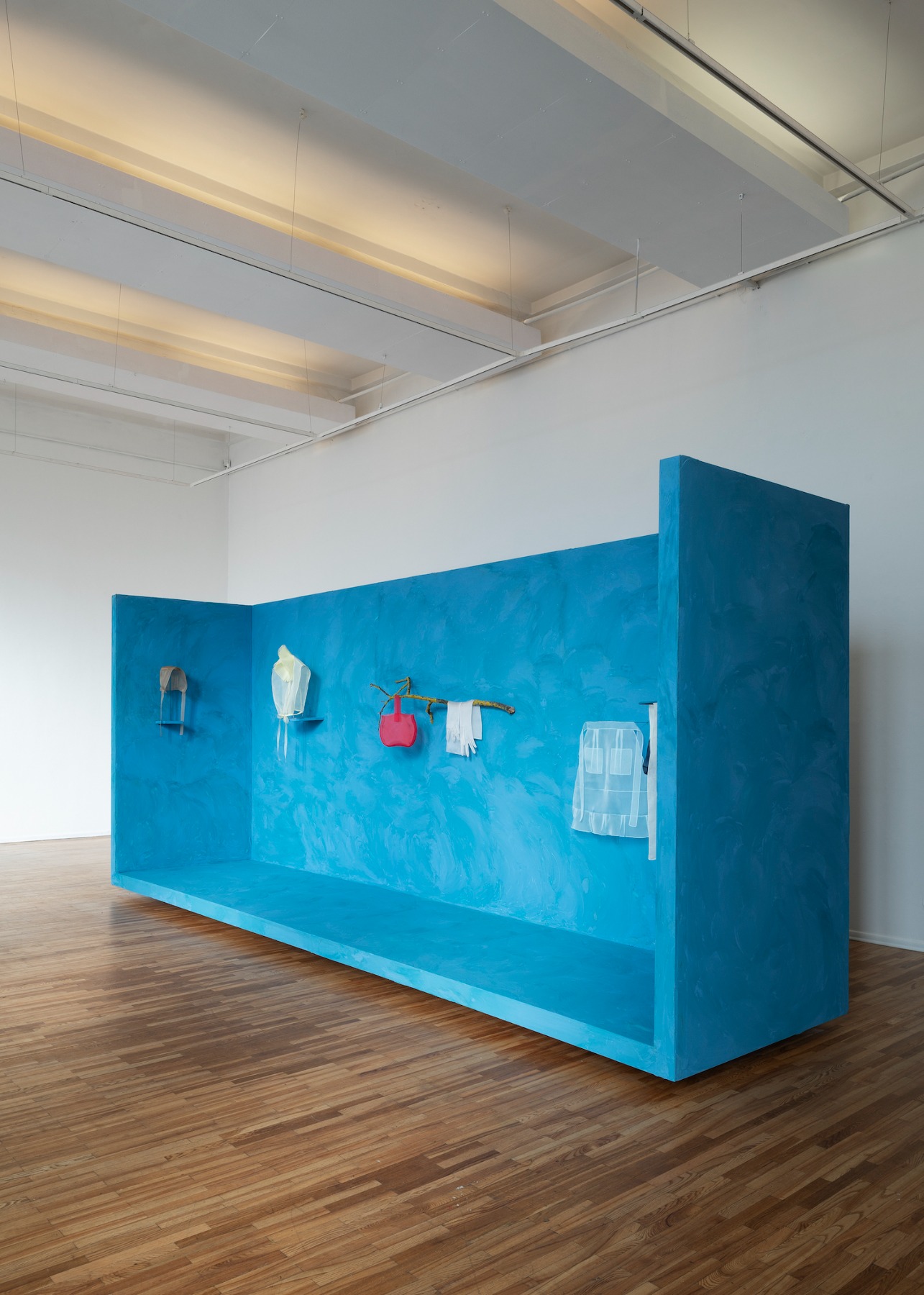
The central room of the exhibition hosts an installation by Thea Gvetadze: a room within a room, a discreet cabinet made for hand-sewn pieces of silk. A pair of stockings, an apron and an airy head cover, these textiles that are hung around the room weave together a story of womanhood through attributes of labour, emancipation and eroticism. Tamriko, the woman who created those pieces and a frequent collaborator of Thea’s, formerly worked as an architect. However, during the Georgian civil war in the 1990s, she found herself needing to feed her family and thus began to sew. This transition showcases her dedication, resilience and strength, all conveyed through the title of this installation, Give More Than You Get. Additionally, the cabinet is covered in coloured clay, handcrafted by the artist herself and local artists. The presence of the wall starkly contrasts with the delicate lightness of the silk pieces, a hymn to power embedded in fragility.

The two surrounding rooms are occupied by works of Diana Tamane. Recently, she has been exploring practices of movement and breathing. In the video Moved, we witness her swaying gently through a sequence of movements on the Baltic Sea coast, a place of childhood summer memories and a place of power. She uses authentic movement technique, an improvisational and meditative movement practice involving a mover and a witness, geared towards slowing down, listening to one’s body and attuning oneself to the environment. Viewers become witnesses as they follow Diana’s body on screen, as it moves and grooves until she slowly crawls into the fetal position on the sand.
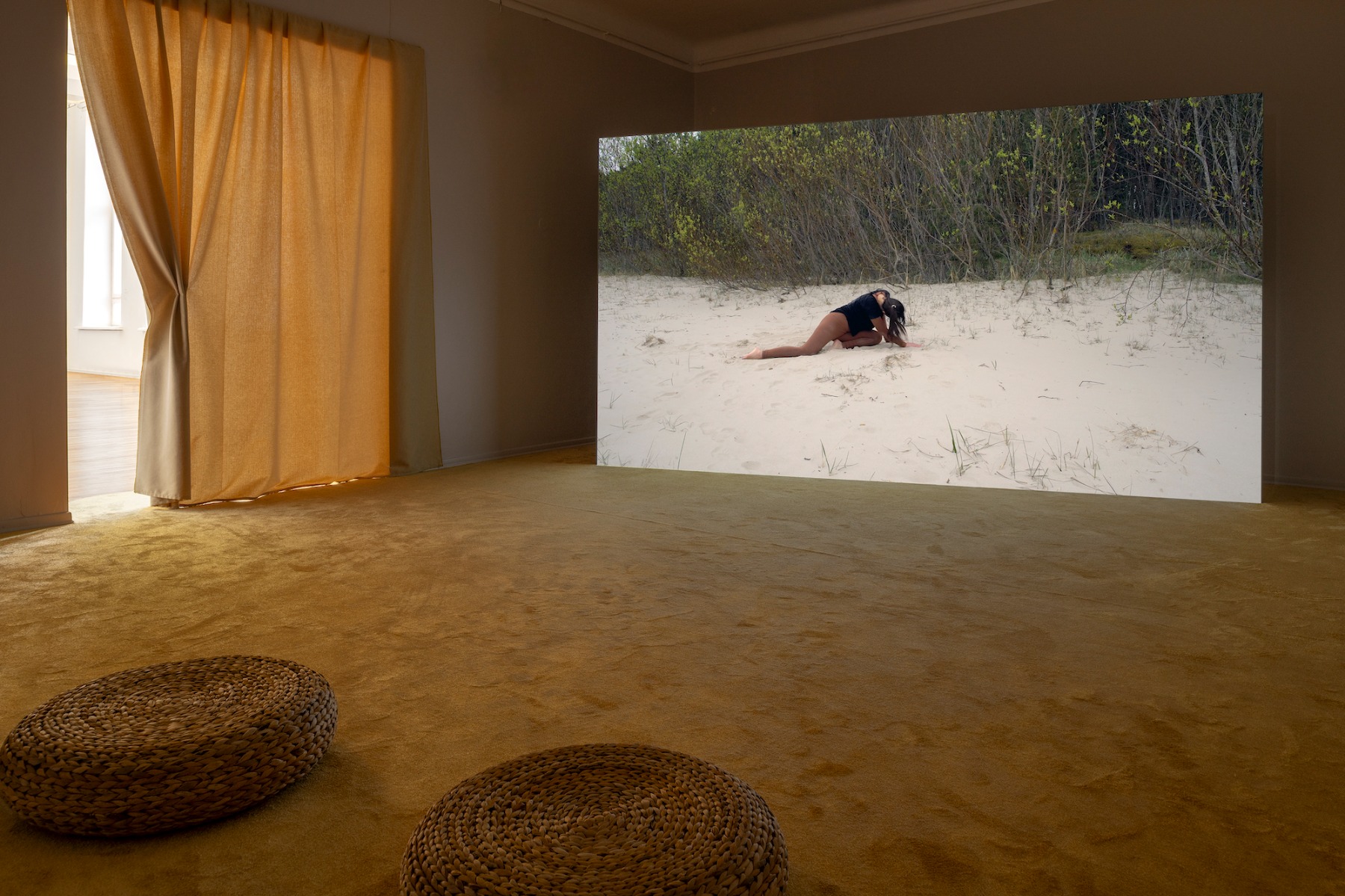
In the other room, the installation Looking for Softness is made up of a set of twenty-eight ceramic cups, laid out on a snake-shaped table, and photos of natural phenomena Diana encountered during her residency in Japan. Referring to the cyclicity of the woman’s body, the cups will also make common moments happen as Diana plans to invite visitors to gather and share their stories while drinking tea. Drawn here by a flatland Baltic dweller, the mountain is a reference to Diana’s journey to Mount Fuji during her residency and her recent reading of Etel Adnan’s Journey to Mount Tamalpais (1986); it opens to nature as an important element in Diana’s current thinking. Gently guided by a sound piece of Diana’s nightly musings, all of these elements build up a network of life itself, gently connecting moments of solitude and potential commonality.
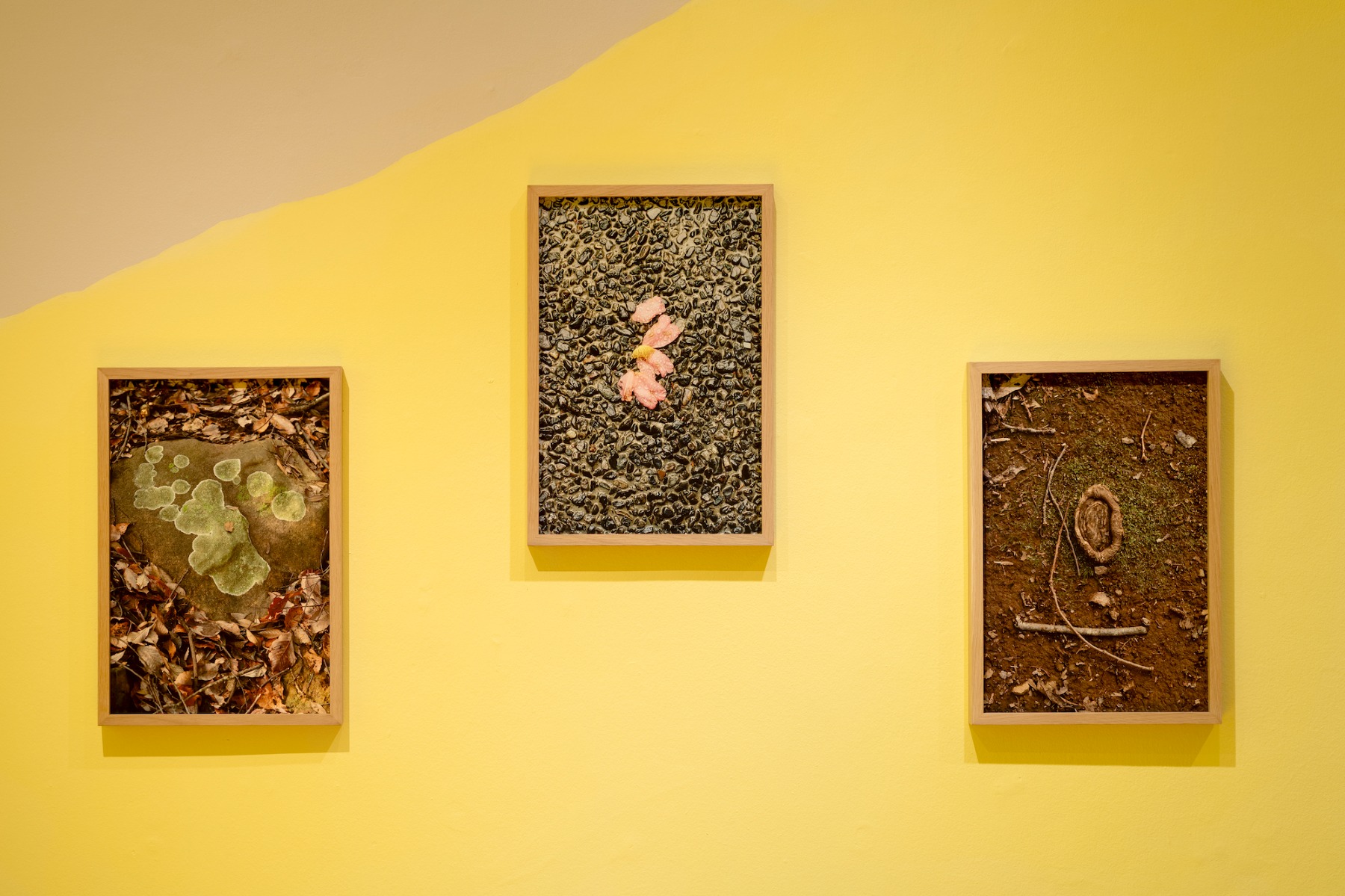
“While preparing for the exhibition, numerous political calamities continued and intensified, marking the third year of Russia’s war against Ukraine, disastrous genocide in Gaza, and protests against a pro-Russian law in Georgia which were violently suppressed, troubling the contexts that the artists worked from. These rooms thus also become spaces that we hope can hold as many women, men, stories, guests, travellers, moving bodies, pillows and dreams as needed to provide safe landings," writes the curator of the exhibition, Inga Lace.
The exhibition is part of the main programme of the European Capital of Culture Tartu 2024.
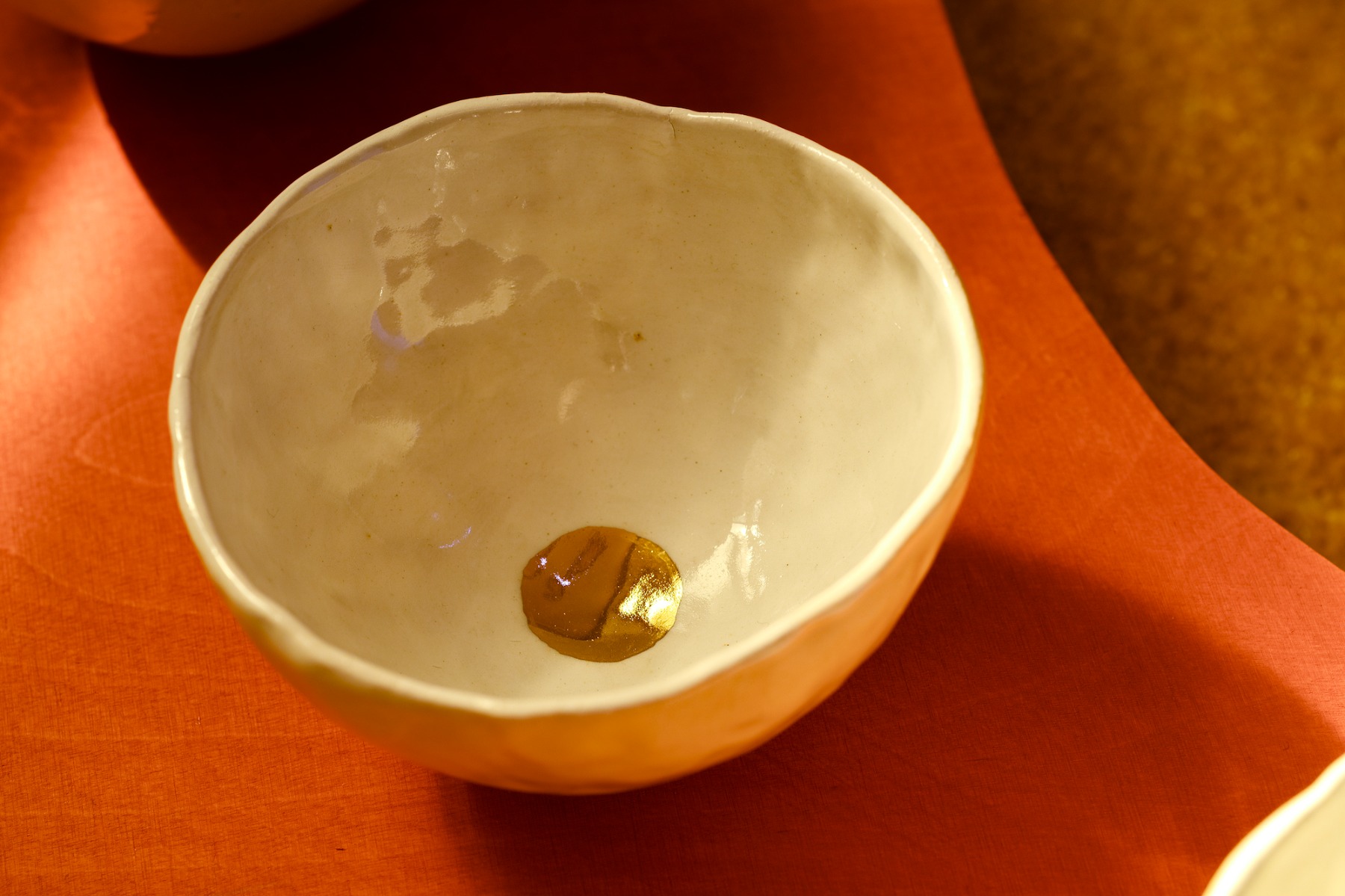
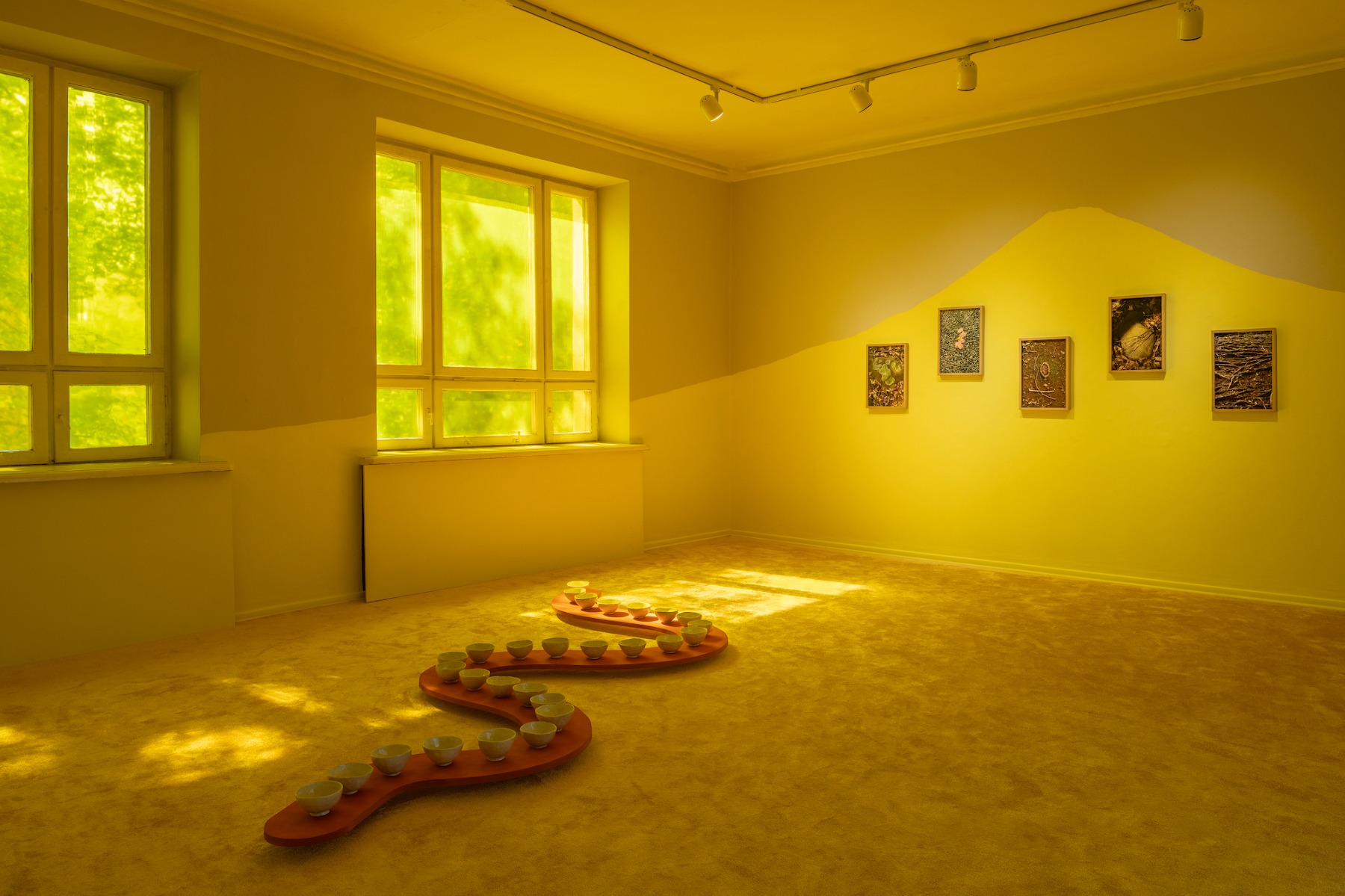
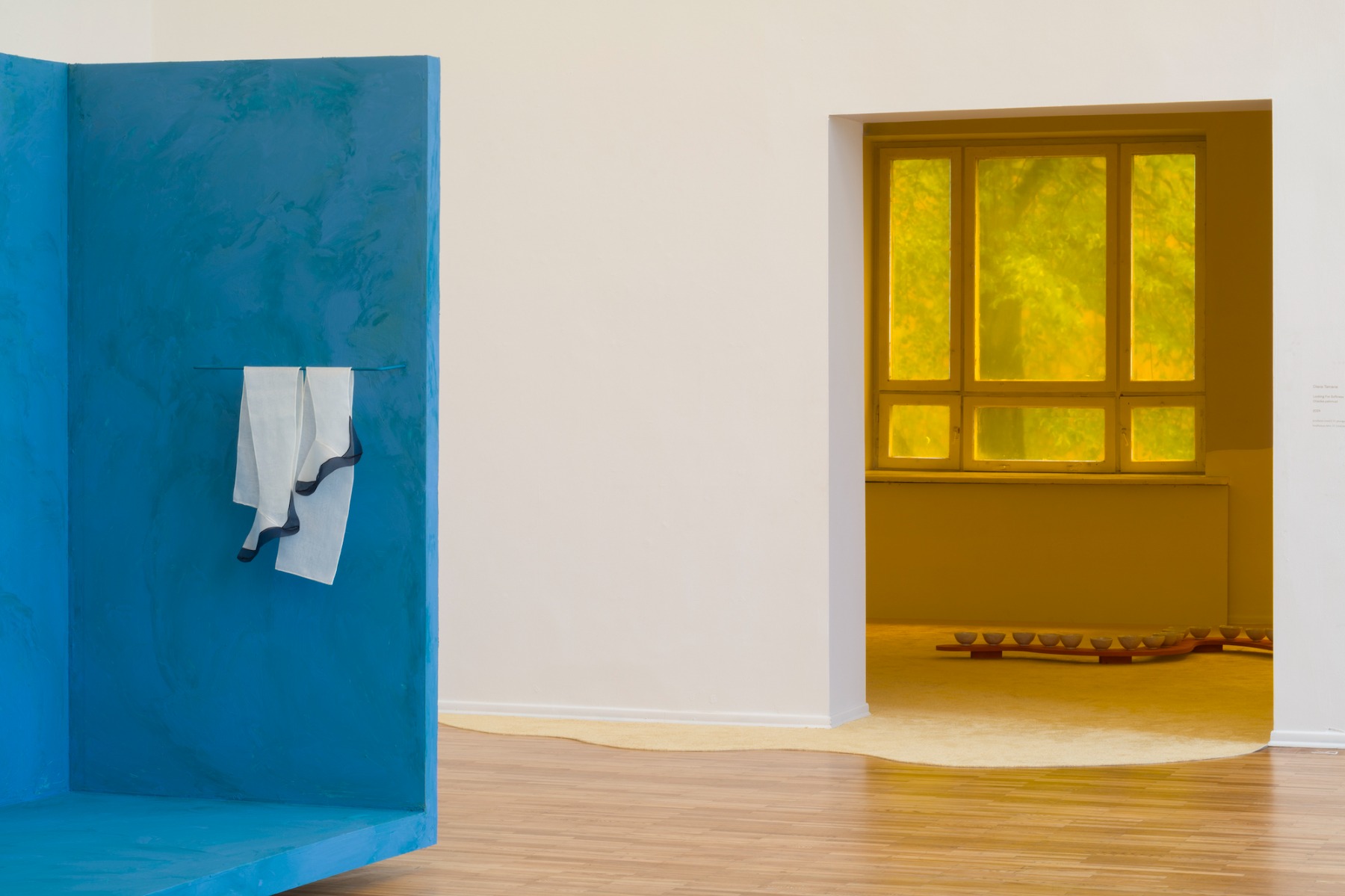
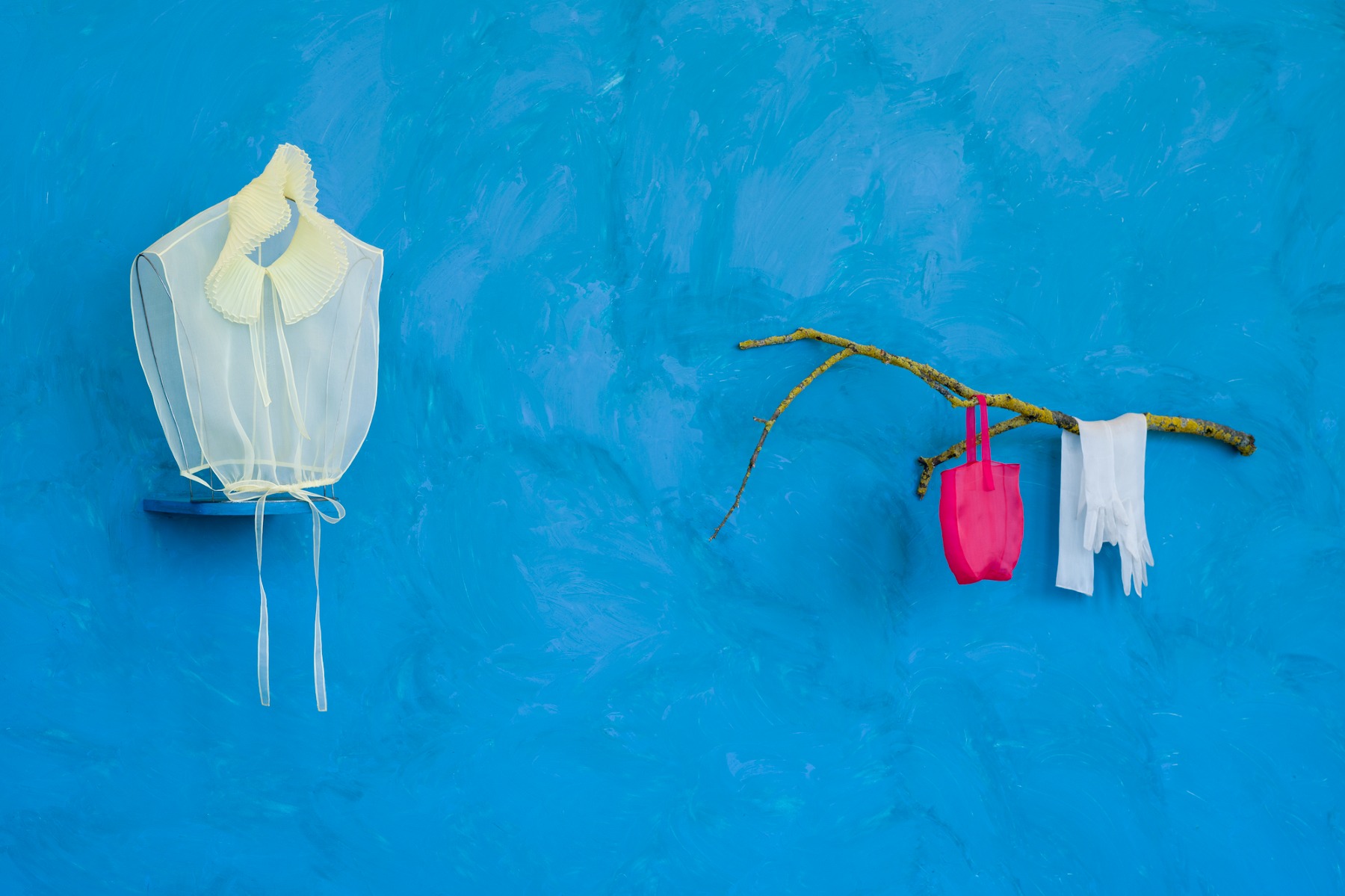


Photography: Marje Eelma